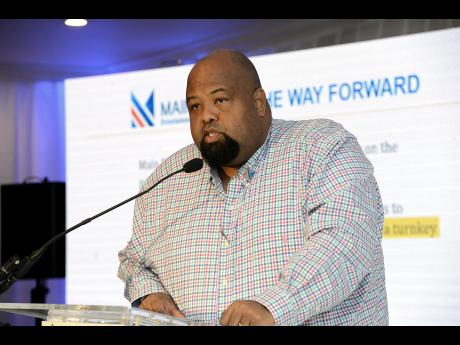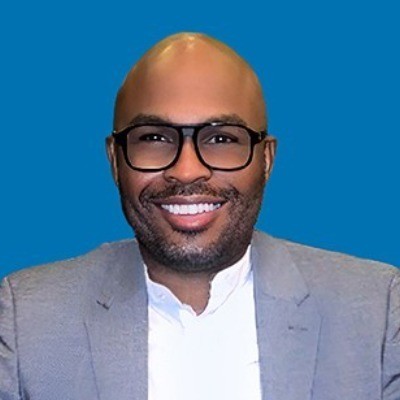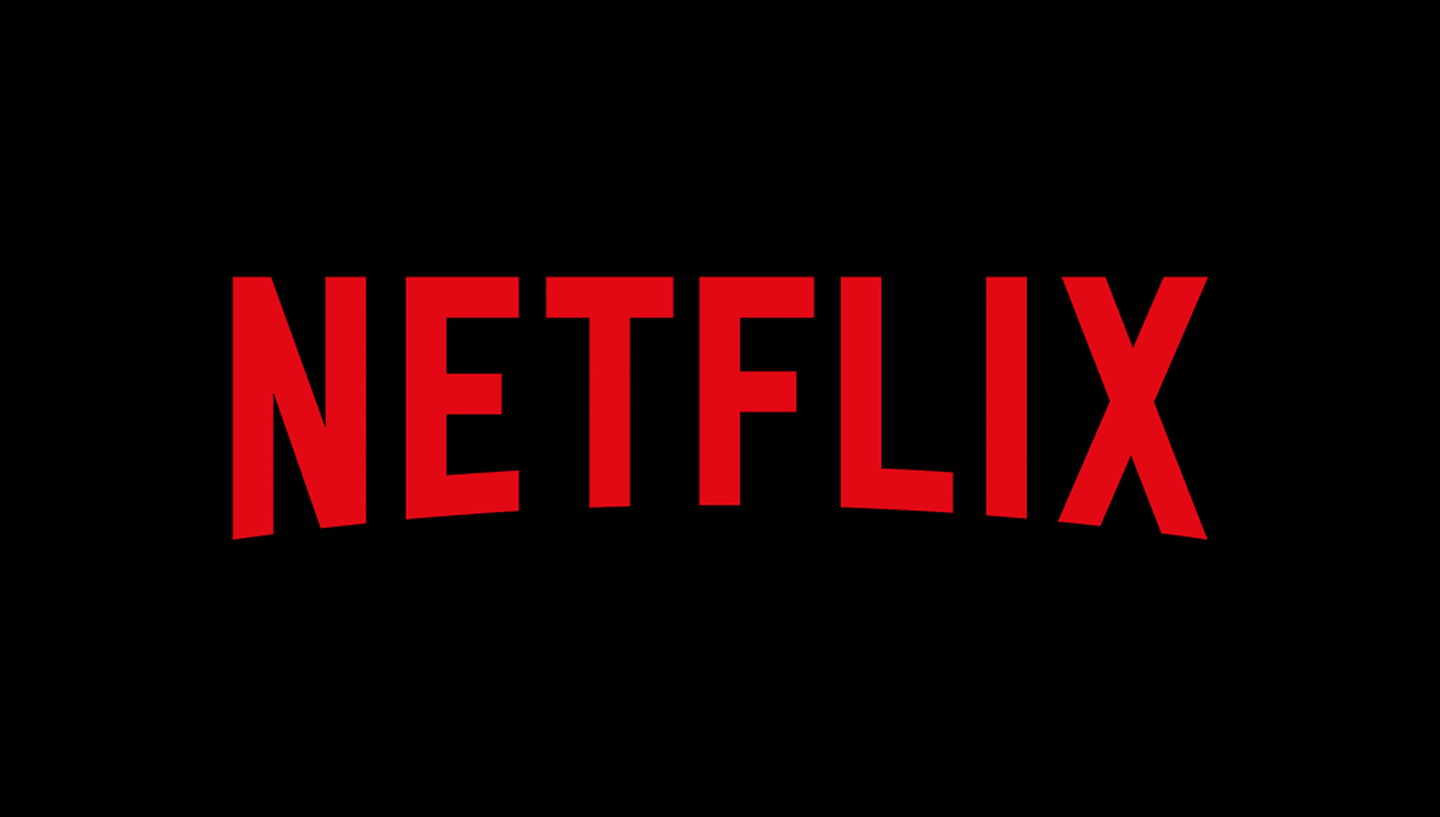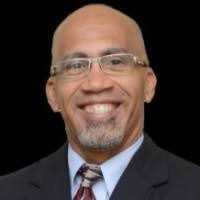In today’s dynamic business landscape, companies continually seek effective revenue models to ensure sustainability and profitability. Two prevalent models are the subscription-based model, employed by giants like Netflix and Amazon Prime, and the pay-per-use (or transactional) model. This article delves into the background, benefits, and disadvantages of each model, identifies the types of businesses best suited for them, and explores how Jamaican and Caribbean companies can leverage these models to enhance revenue and profitability.
Background of Revenue Models
Subscription-Based Model: This model involves customers paying a recurring fee—monthly, annually, or at other regular intervals—to access a product or service. Historically, this approach was common in industries like publishing (magazines and newspapers) and has now expanded to digital services, software, and entertainment platforms.
Pay-Per-Use Model: In this model, customers pay based on their actual usage of a product or service. This approach is prevalent in utilities, telecommunications, and emerging digital services where usage can vary significantly among customers.
Benefits and Disadvantages
Subscription-Based Model:
Benefits:
Predictable Revenue: Businesses enjoy a steady and predictable income stream, facilitating better financial planning and resource allocation.
Customer Retention: Regular interactions foster stronger customer relationships and loyalty.
Scalability: Easier to introduce new features or services to existing subscribers, enhancing value over time.
Disadvantages:
Churn Risk: Customers may cancel subscriptions if they perceive insufficient value, leading to revenue loss.
Continuous Value Delivery: Requires ongoing investment in content or service improvements to maintain customer interest.
Pay-Per-Use Model:
Benefits:
Flexibility: Attracts cost-conscious customers who prefer paying only for what they use.
Lower Entry Barrier: Customers can access services without committing to recurring payments, which can be appealing for infrequent users.
Disadvantages:
Revenue Variability: Income can fluctuate based on customer usage patterns, making financial forecasting challenging.
Complex Billing Systems: Requires robust systems to track usage accurately and bill customers accordingly.
Business Suitability
Subscription-Based Model: Ideal for businesses offering services or products with ongoing value propositions. Examples include streaming services (e.g., Netflix), software-as-a-service (SaaS) platforms, and membership-based organizations.
Pay-Per-Use Model: Suited for services where usage varies among customers, such as utilities, cloud computing services, and on-demand content platforms.
Maximizing Revenue in Jamaican and Caribbean Companies
For businesses in Jamaica and the broader Caribbean, adopting these models can open new revenue streams and enhance profitability:
Digital and Streaming Services: With the global rise of digital consumption, local content creators and media houses can adopt subscription models to offer exclusive Caribbean-focused content, catering to both regional and international audiences.
Tourism and Hospitality: Hotels and resorts can introduce subscription packages for frequent travelers, offering benefits like discounted rates, priority bookings, and exclusive experiences.
Utilities and Telecommunications: Implementing pay-per-use models for services like electricity, water, and mobile data can provide customers with flexibility, potentially increasing usage and revenue.
Agriculture and Produce Delivery: Farmers can offer subscription boxes delivering fresh produce to customers regularly, ensuring steady income and promoting healthy eating habits.
Fitness and Wellness: Gyms and wellness centers can provide subscription-based access to virtual classes, personalized training sessions, and wellness resources, expanding their reach beyond physical locations.
Implementation Considerations
Market Research: Understand the target audience’s preferences and willingness to adopt new payment models.
Infrastructure Investment: Develop reliable billing systems and digital platforms to manage subscriptions or track usage effectively.
Regulatory Compliance: Ensure adherence to local laws and regulations, especially concerning digital transactions and data protection.
Customer Education: Inform customers about the benefits and functionalities of the chosen model to encourage adoption.
Market Saturation – A Key Challenge Of The Subscription Revenue Model
This perspective highlights a key challenge of the subscription revenue model—that of market saturation. Since subscription-based businesses rely on a recurring customer base, their revenue growth is often tied to acquiring new subscribers or increasing prices for existing ones. When the market becomes saturated (i.e., most of the potential customers who would subscribe have already done so), companies are forced to find alternative ways to boost revenue, such as:
Raising Subscription Prices – As seen with Netflix and Amazon Prime, companies periodically increase fees to maintain revenue growth, but this risks customer churn if price hikes outpace perceived value.
Introducing Tiered Pricing – Companies may create premium subscription tiers with additional benefits to encourage higher spending.
Expanding Services or Content – Adding new features, services, or exclusive content can justify price increases and retain subscribers.
On the other hand, the pay-as-you-go (PAYG) model offers more scalability and revenue flexibility because revenue is directly tied to usage volume rather than a fixed subscriber base. Businesses can grow revenue in several ways:
Encouraging More Frequent Use – Companies can create incentives for customers to use the service more often, such as dynamic pricing or special promotions.
Expanding Offerings – Businesses can introduce new features or services that increase usage without necessarily increasing prices.
Tapping into New Customer Segments – Since PAYG has lower entry barriers, it can attract a wider audience, including occasional users who wouldn’t commit to a subscription.
Impact on Business Strategy
Subscription models benefit from stable, predictable revenue but face growth limitations once they hit market saturation. Companies must innovate to retain users or find new markets.
PAYG models provide more room for expansion and revenue diversification but require continuous customer engagement strategies to drive repeat purchases.
For Jamaican and Caribbean businesses, a hybrid approach—offering both subscription and PAYG options—could provide the best of both worlds, allowing companies to maximize revenue potential while maintaining customer flexibility.
By thoughtfully selecting and implementing the appropriate revenue model, Jamaican and Caribbean businesses can enhance their competitiveness, cater to evolving customer needs, and achieve sustainable growth in the modern economy.

 Businessuite Markets3 weeks ago
Businessuite Markets3 weeks ago
 Leadership Conversations4 weeks ago
Leadership Conversations4 weeks ago
 Businessuite News244 days ago
Businessuite News244 days ago
 Businessuite Women1 week ago
Businessuite Women1 week ago
 Corporate Feature5 days ago
Corporate Feature5 days ago
 Business Insights3 weeks ago
Business Insights3 weeks ago
 Businessuite News24 International5 days ago
Businessuite News24 International5 days ago
 Businessuite Markets6 days ago
Businessuite Markets6 days ago














